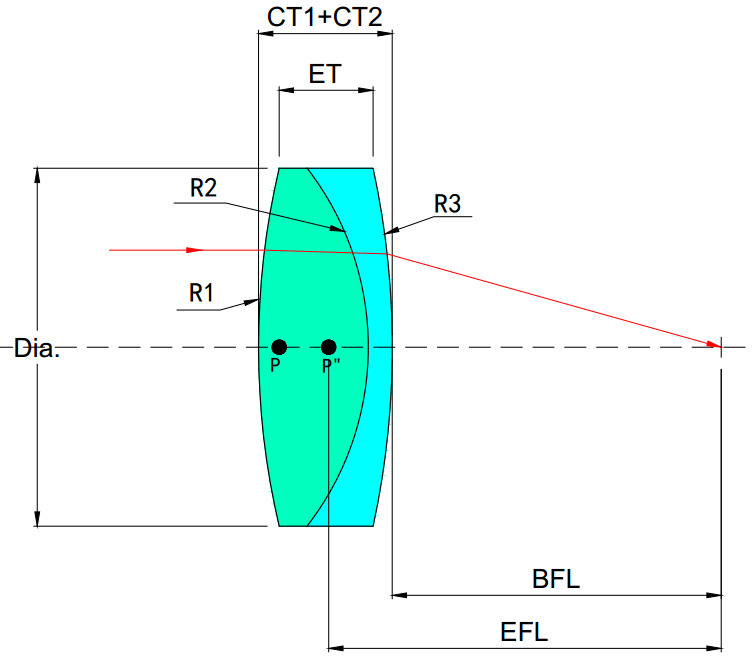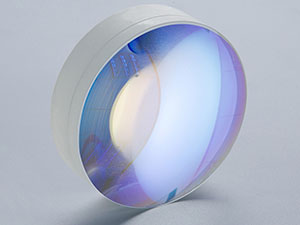Broadband AR Coated Achromatic Lenses
Product Description
Achromatic lenses are types of lenses that are designed to minimize chromatic aberration, which is a common optical problem that causes colors to appear differently when passing through a lens. These lenses use a combination of two or more optical materials with different refractive indices to focus different wavelengths of light at the same point, which results in the sharp focus of white light. Achromatic lenses are widely used in a variety of applications such as photography, microscopy, telescopes, and binoculars. They help to improve the image quality by minimizing color fringes and producing more accurate and sharp images. They are also commonly used in laser systems and optical instruments that require high precision and clarity such as medical instruments, spectrometers, and astronomy equipment.

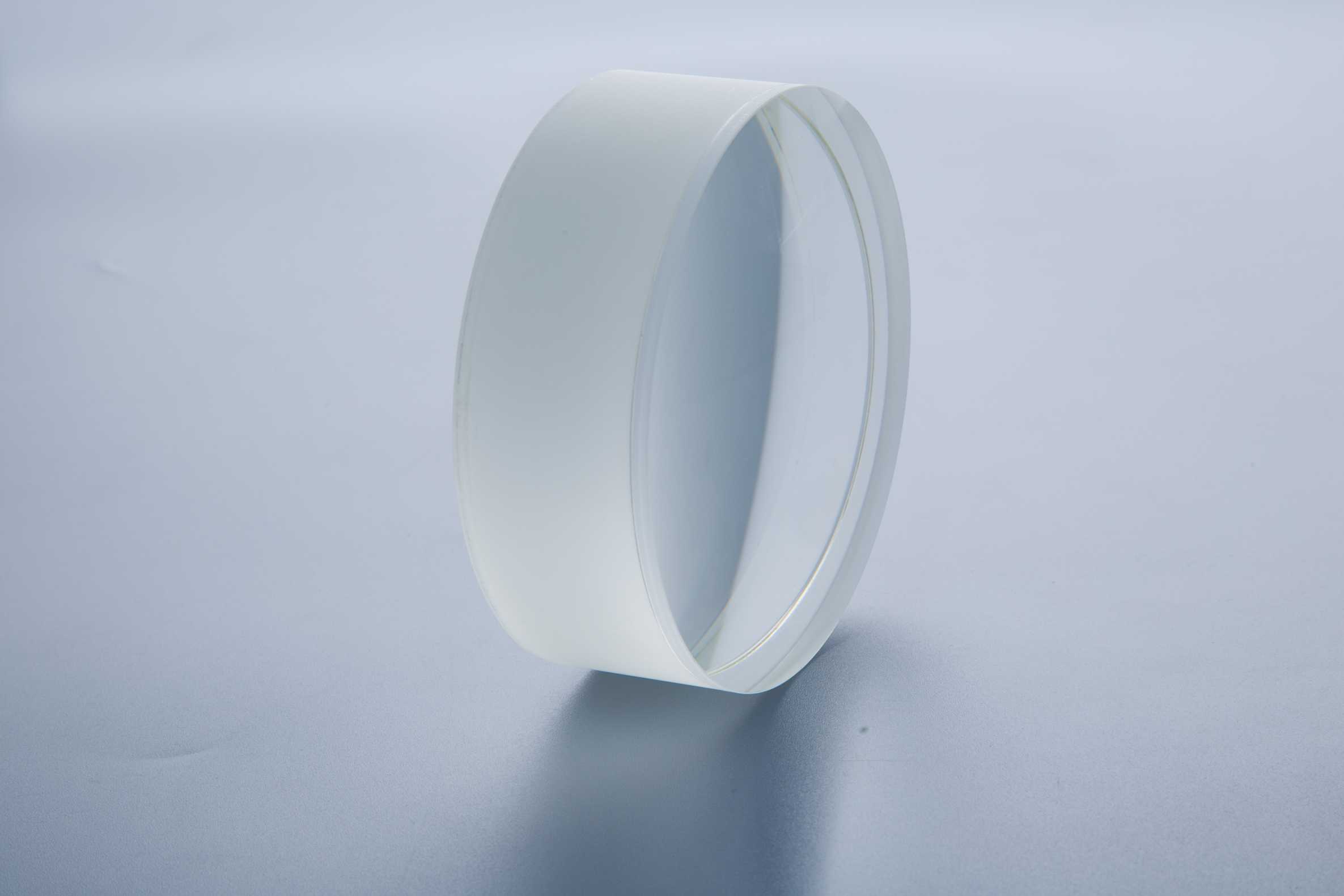
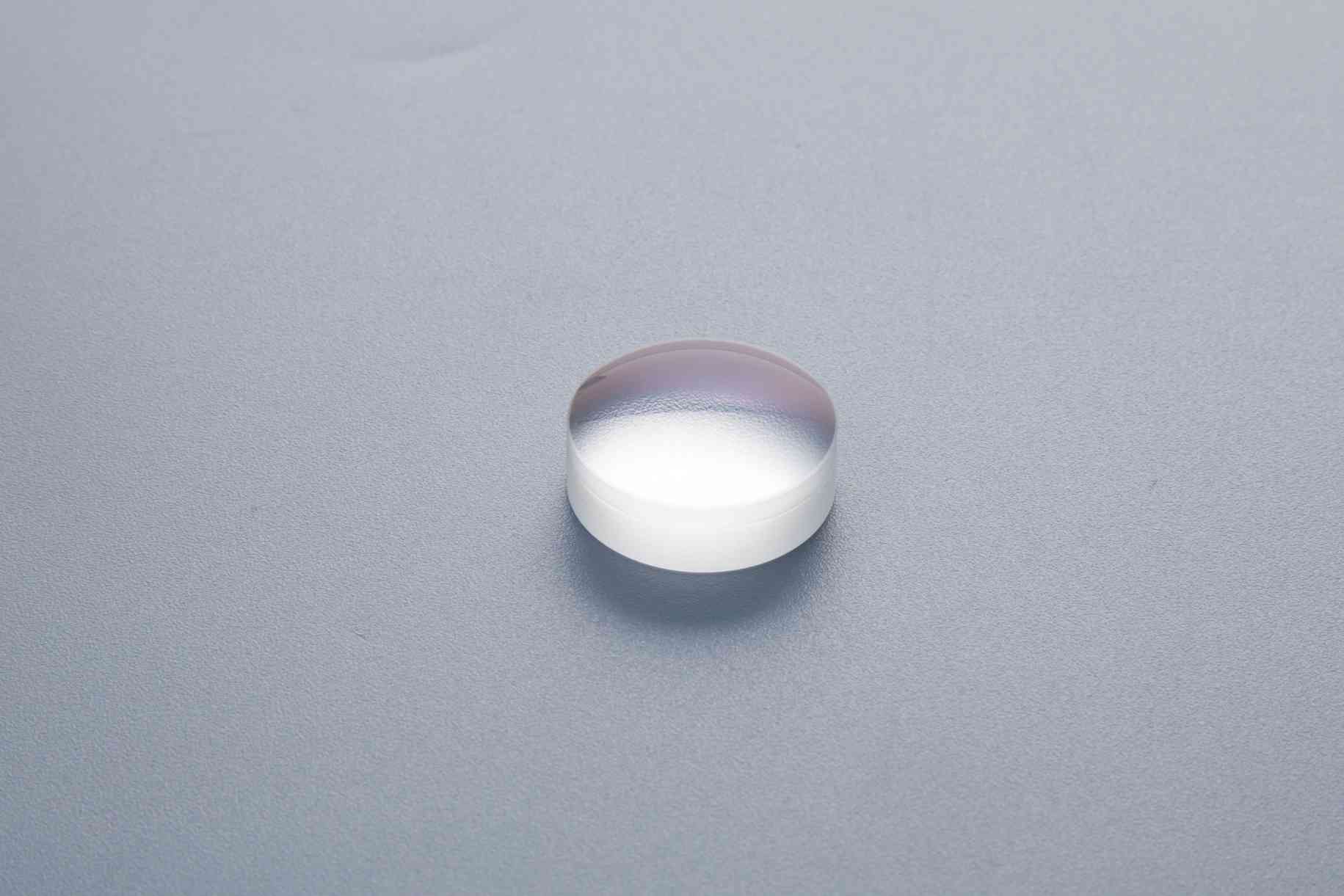
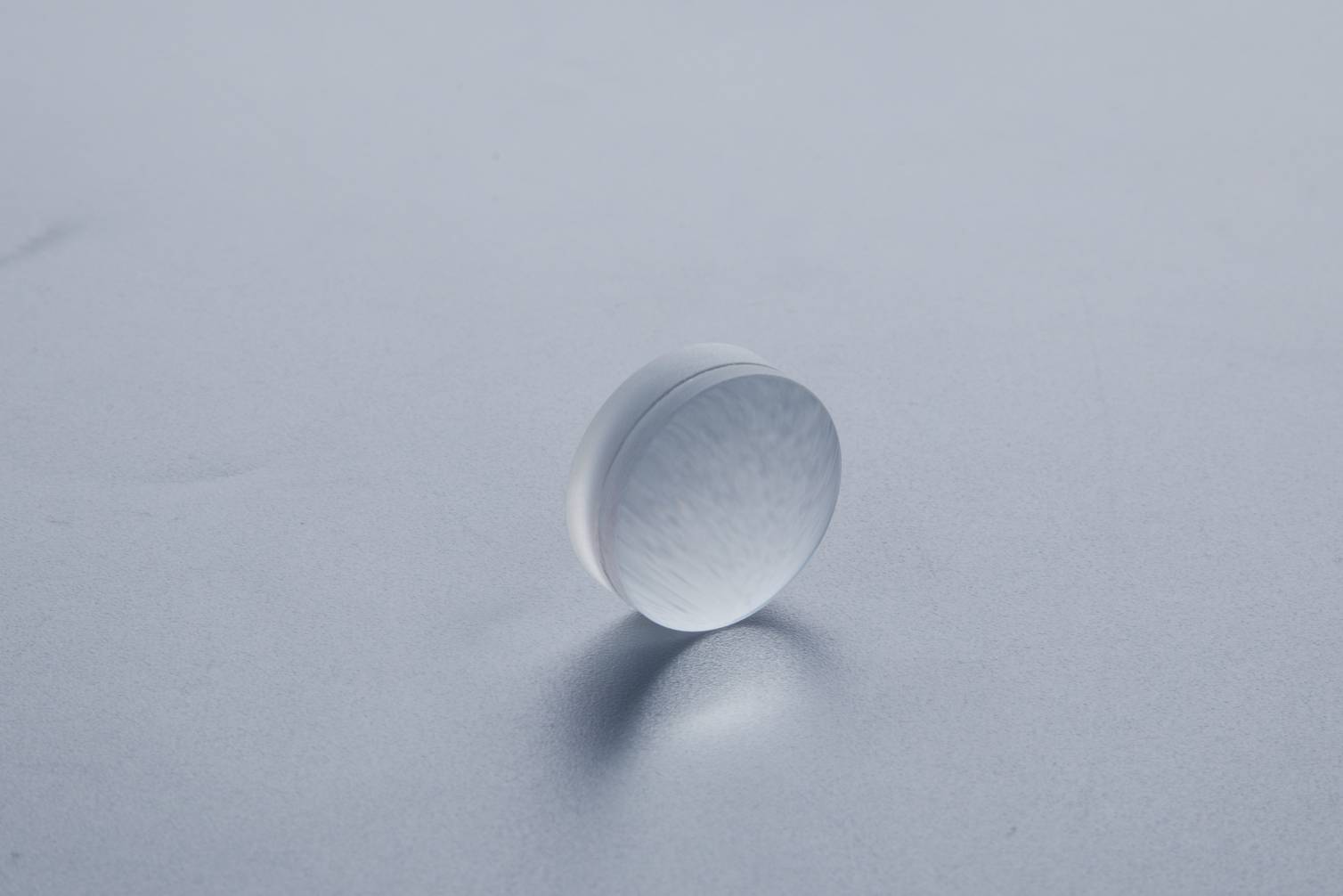
Broadband AR Coated Achromatic Lenses are optical lenses that provide high-quality imaging capabilities over a wide range of light wavelengths. These lenses are ideal for a range of applications including scientific research, medical imaging and aerospace technology.
So what exactly is a broadband AR coated achromatic lens? In short, they are designed to solve the problems of chromatic aberration and light loss that can occur when light is refracted through traditional lenses. Chromatic aberration is image distortion caused by a lens' inability to focus all colors of light at the same point. Achromatic lenses solve this problem by using two different types of glass (usually crown glass and flint glass) to create a single lens that can focus all colors of light at the same point, resulting in a clear and sharp image.
But achromatic lenses often suffer from light loss due to reflections from the lens surface. This is where broadband AR coatings come in. AR (anti-reflective) coating is a thin layer of material applied to the surface of a lens that helps reduce reflections and increase the amount of light transmitted through the lens. Broadband AR coatings improve on standard AR coatings by allowing better transmission of light over a wider range of wavelengths.
Together, the achromatic lens and broadband AR coating provide a powerful optical system that can enhance performance in a wide range of applications. They are used in everything from spectrometers to telescopes and even laser systems. Due to their ability to transmit a high percentage of light across a broad spectrum, these lenses provide sharp, high-quality imaging in a variety of environments and applications.
Broadband AR-coated achromatic lenses are a powerful optical system that can provide high-quality imaging over a wide range of light wavelengths. As technology continues to evolve, these lenses will no doubt play an increasingly important role in scientific research, medical imaging, and countless other applications.
Specifications
| Substrate | CDGM / SCHOTT |
| Dimensional Tolerance | -0.05mm |
| Thickness Tolerance | ±0.02mm |
| Radius Tolerance | ±0.02mm |
| Surface Flatness | 1(0.5)@632.8nm |
| Surface Quality | 40/20 |
| Edges | Protective Bevel as Needed |
| Clear Aperture | 90% |
| Centering | <1’ |
| Coating | Rabs<0.5%@Design Wavelength |
